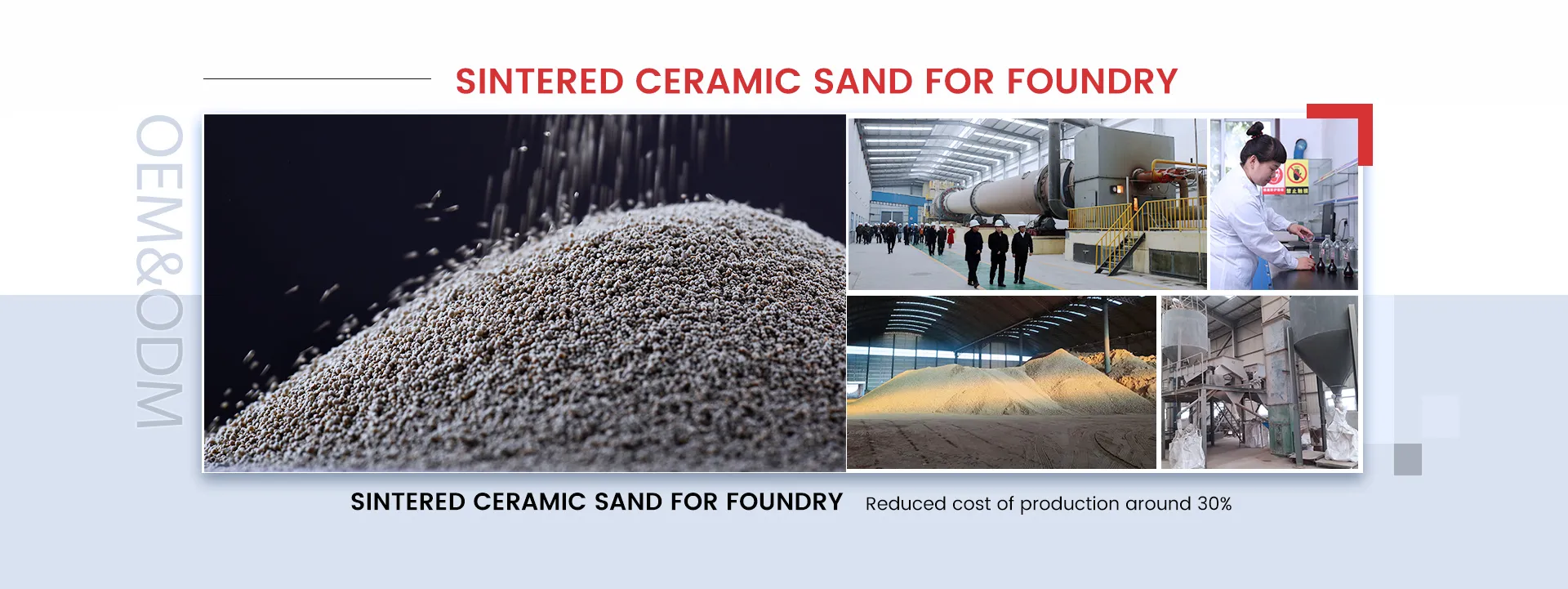Fine Casting Sand An Essential Material for Precision Casting
The world of casting is both art and science, and at the heart of this process lies casting sand—a critical material that significantly influences the quality and precision of casted products. Among the various types of casting sands available, fine casting sand stands out due to its unique properties that make it ideal for precision casting applications.
Fine casting sand typically consists of silica or other natural materials that have been processed to a smaller particle size. The fine grains allow for a smooth surface finish and the ability to replicate intricate details, which is essential in industries where minute precision is required, such as in the manufacturing of automotive parts, aerospace components, and intricate artistic sculptures.
One of the primary advantages of fine casting sand is its ability to form detailed molds. When mixed with a binding agent—often clay—fine sand can create a mold that captures the fine details of the original pattern exceptionally well. This quality is vital for manufacturers who aim to produce components with complex geometries that cannot be easily achieved with other materials. The smoother surface finish also reduces the need for extensive post-processing, saving both time and resources.
The choice of sand grain size plays a crucial role in determining the properties of the mold and the quality of the finished casting. Fine sands provide a higher density and improved thermal properties, ensuring that the molten metal can be poured smoothly into the molds without running the risk of defects. The sand's thermal conductivity helps in cooling the cast effectively, reducing the likelihood of thermal stress that could lead to cracking or warping of the final product.
fine casting sand

Another noteworthy characteristic of fine casting sand is its versatility. Depending on the desired outcome, manufacturers can modify the mixture of sand with various additives that enhance its performance. For instance, silica sand can be combined with binders to improve strength and stability, or colorants can be introduced for aesthetic purposes. This adaptability allows foundries to tailor their casting processes to meet specific requirements, such as producing parts that are not only precise but also visually appealing.
However, working with fine casting sand does come with challenges. The fineness of the grains can lead to increased airflow through the mold, which may negatively affect the pouring of molten metal if not managed properly. Additionally, fine sand can be more prone to erosion during the casting process, necessitating careful handling and preparation. Foundries must also consider proper ventilation and dust control measures, as fine particles can create respiratory hazards for workers when they become airborne.
Environmental considerations are also becoming increasingly relevant in the casting industry. The sourcing of sand, particularly silica sand, has raised concerns about ecological impacts, prompting manufacturers to explore alternative materials. Some foundries are turning to sand reclamation systems that allow for the recycling of used casting sand. This not only reduces the demand for new sand but also minimizes waste, contributing to a more sustainable production cycle.
In conclusion, fine casting sand is an indispensable material in the world of precision casting. Its ability to create detailed molds, coupled with its versatility and adaptability, makes it a preferred choice in various industries. As the demand for high-quality castings continues to rise, the advancements in processing techniques and the development of eco-friendly alternatives will play a significant role in the future of casting sand. Foundries that embrace these changes and employ fine casting sand effectively will not only improve their production processes but also contribute to sustainability in manufacturing. The journey of fine casting sand—from its raw form to precision-engineered components—represents a fascinating intersection of innovation and craftsmanship, demonstrating the enduring value of this essential material in the casting industry.
Post time:ធ្នូ . 31, 2024 08:51
Next:why sand casting is preferred
